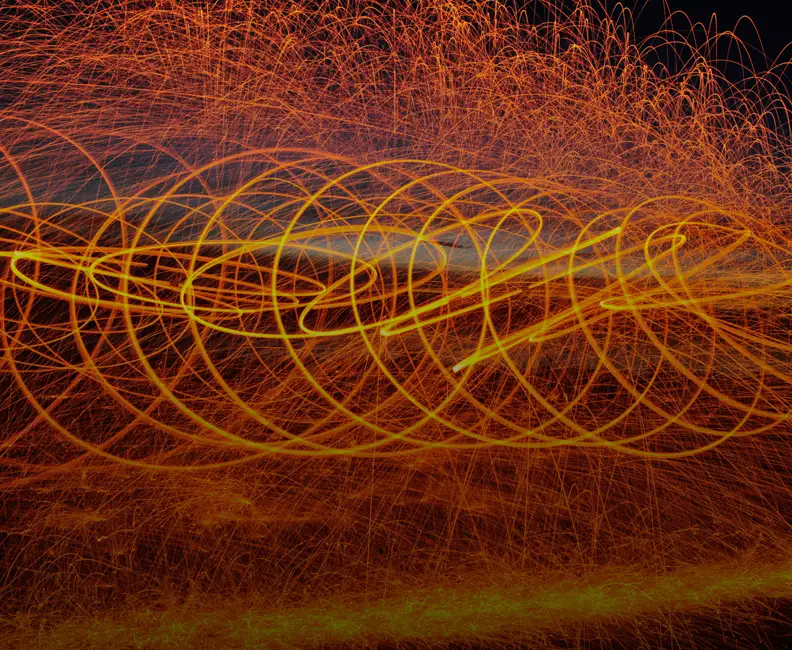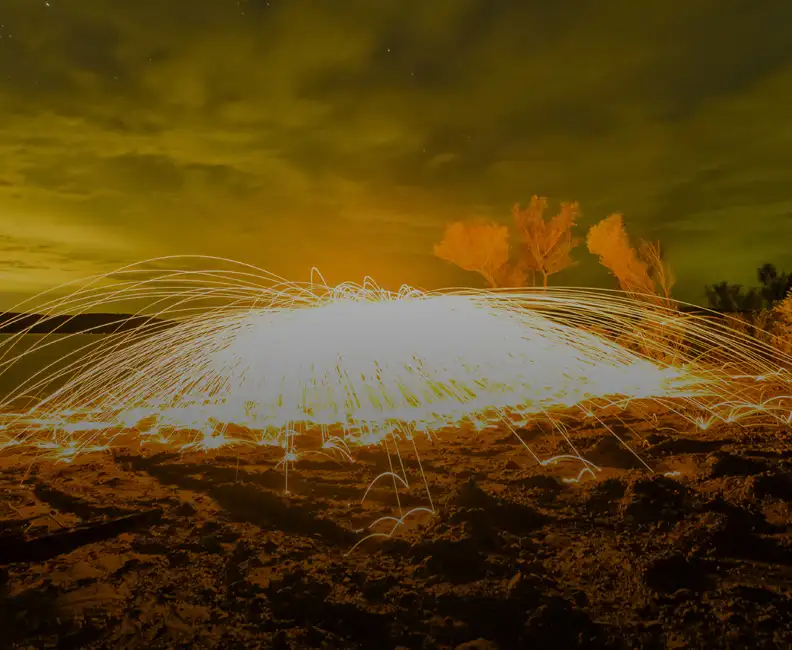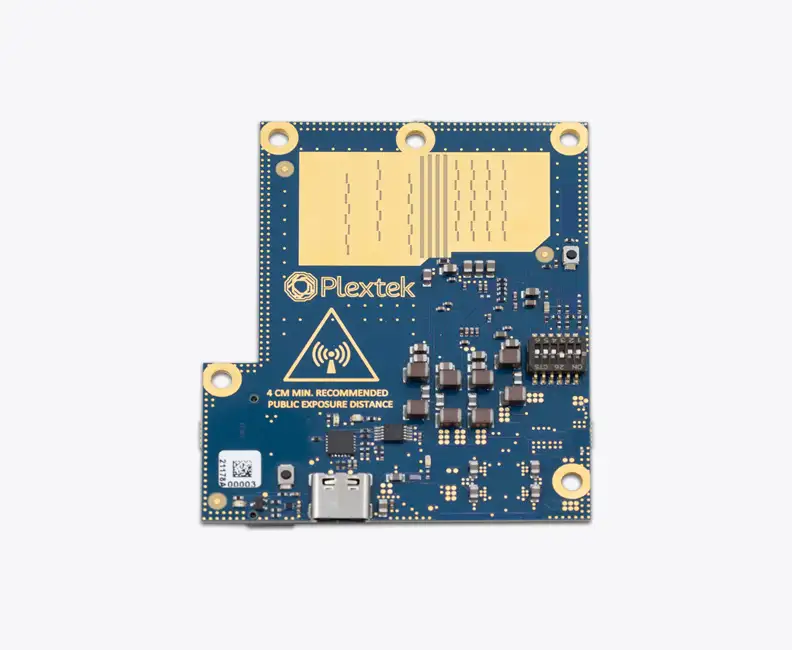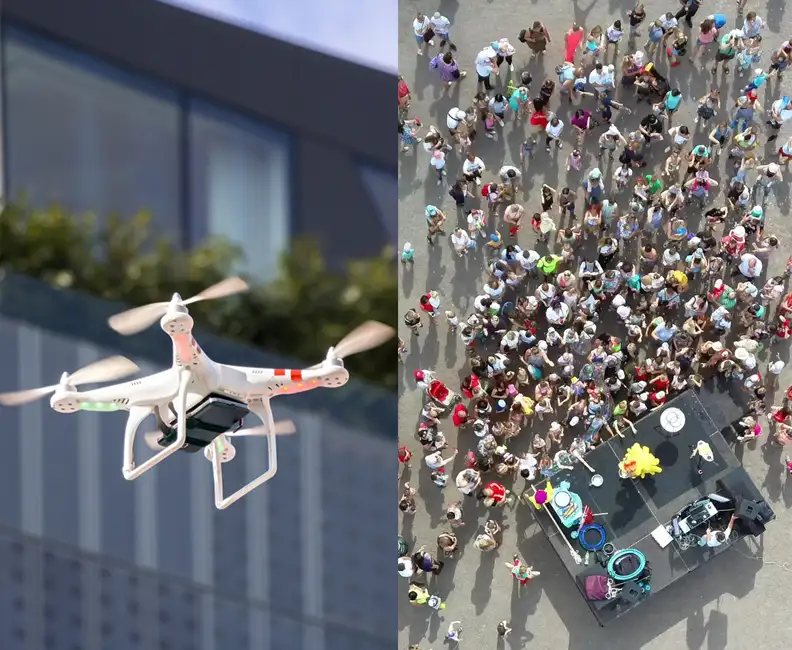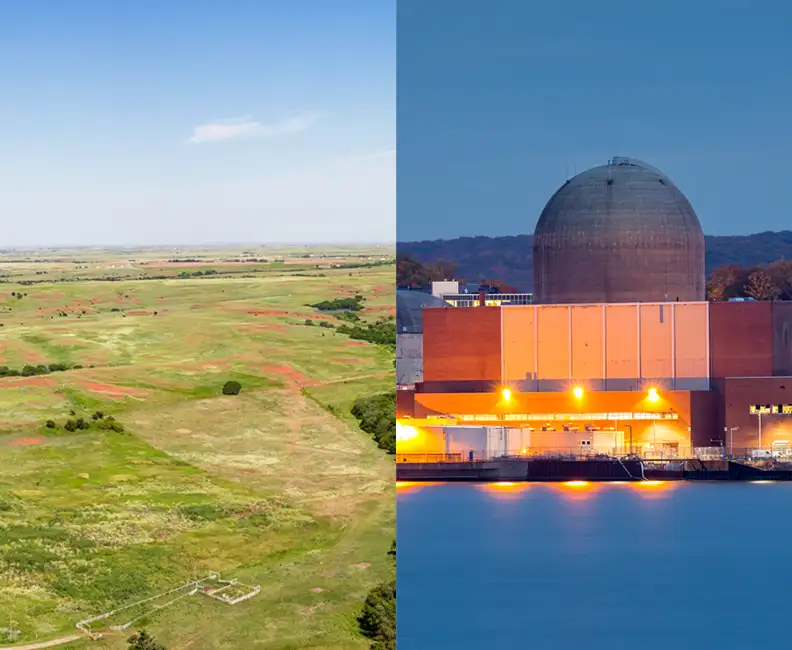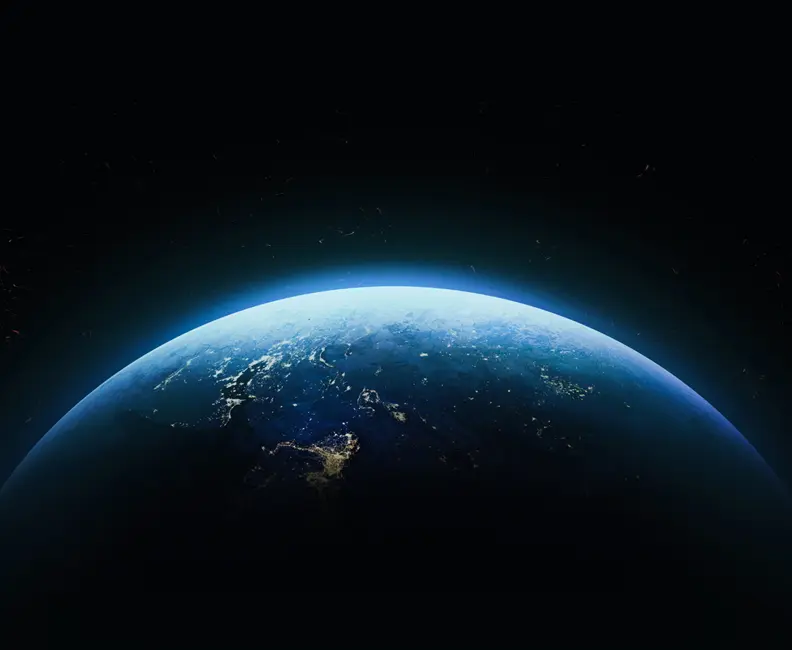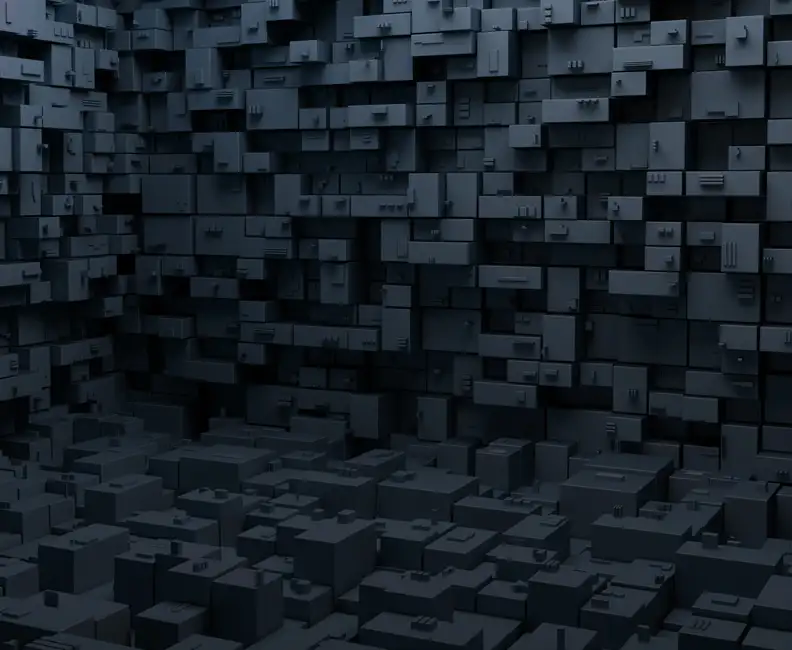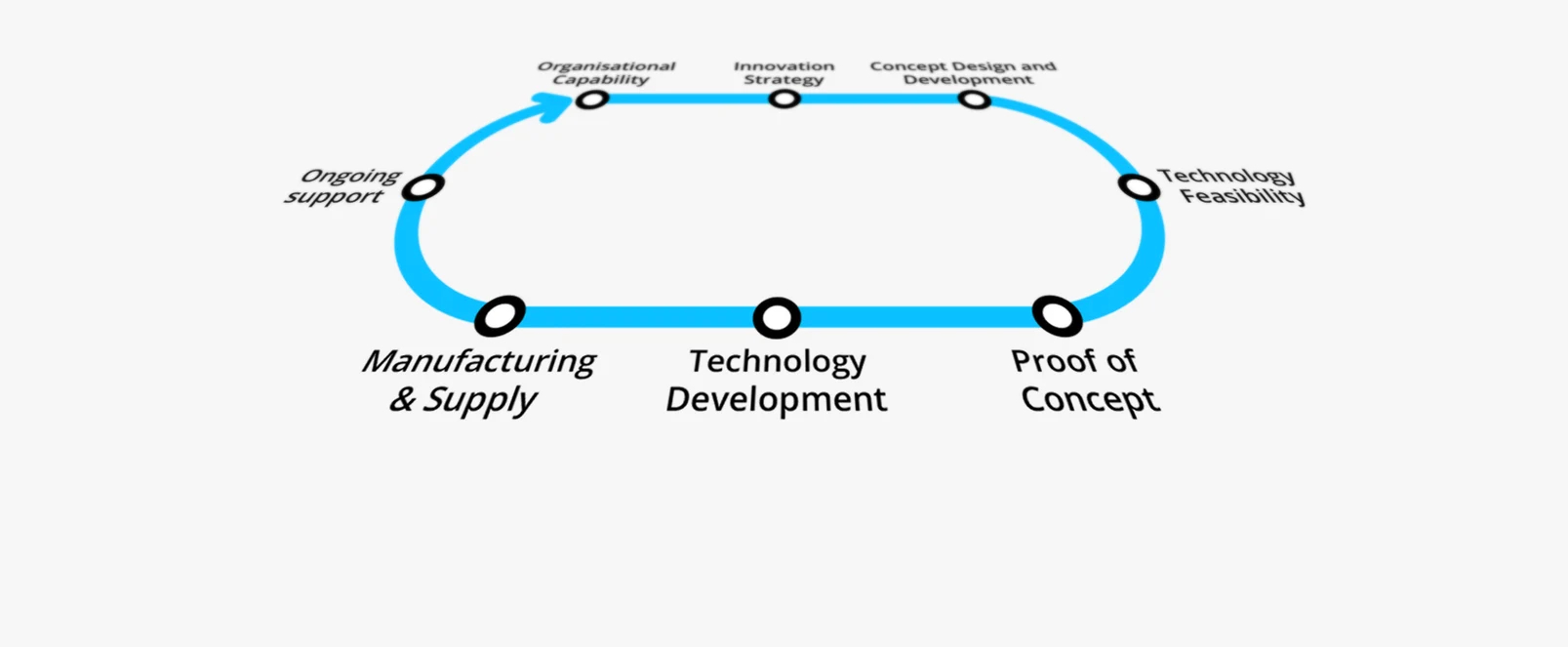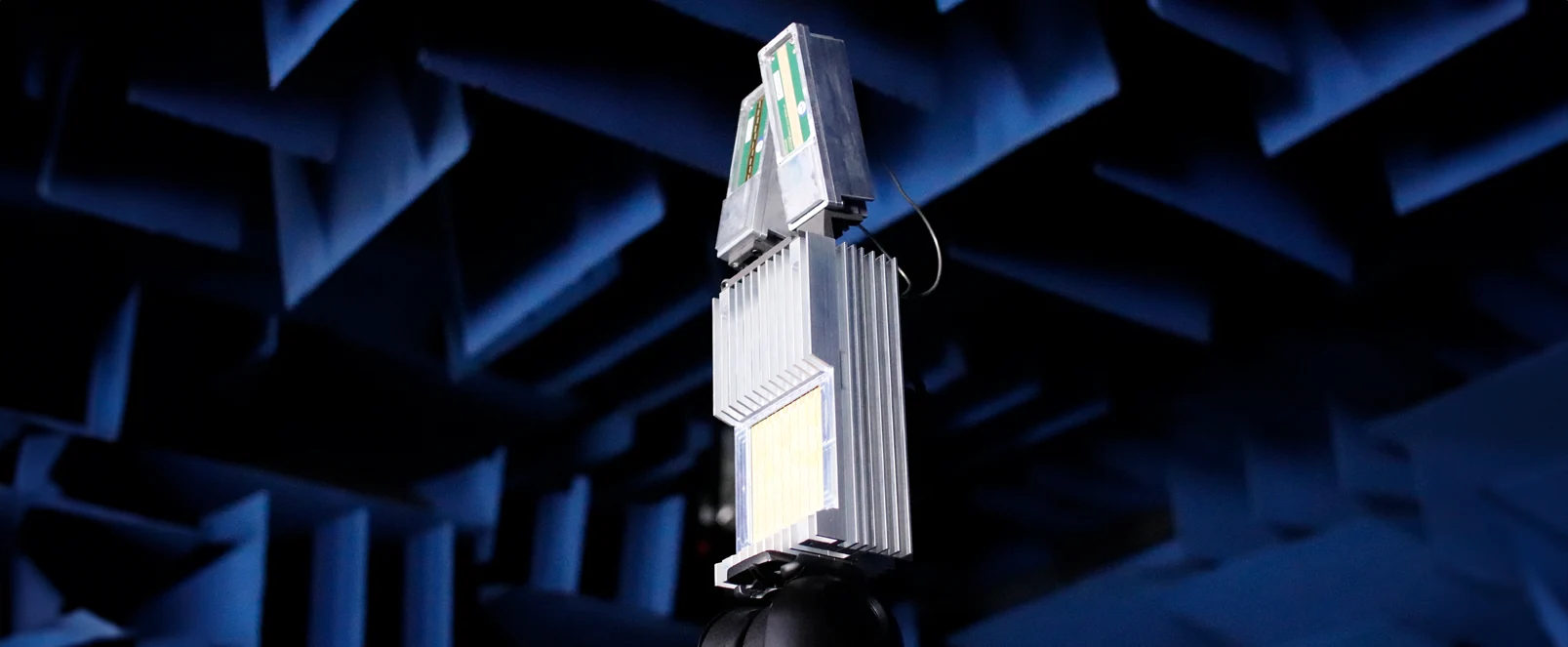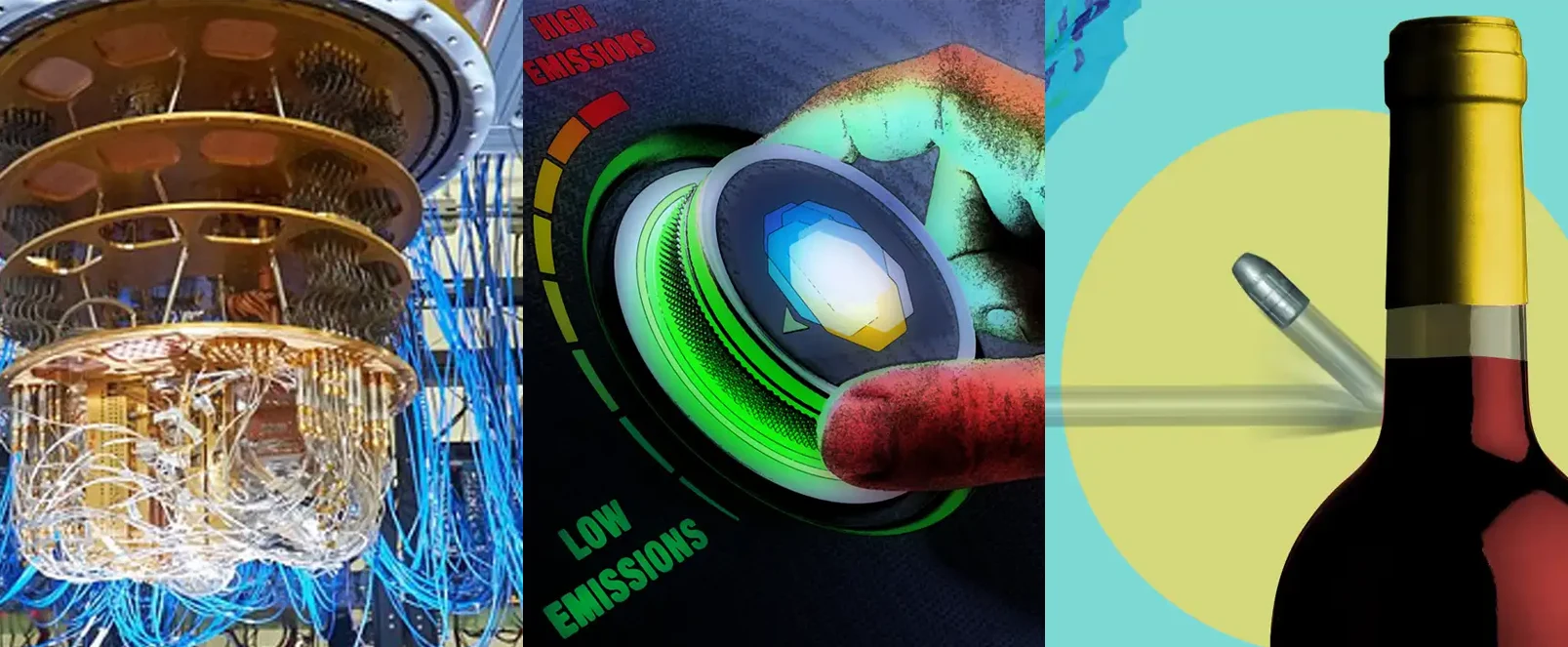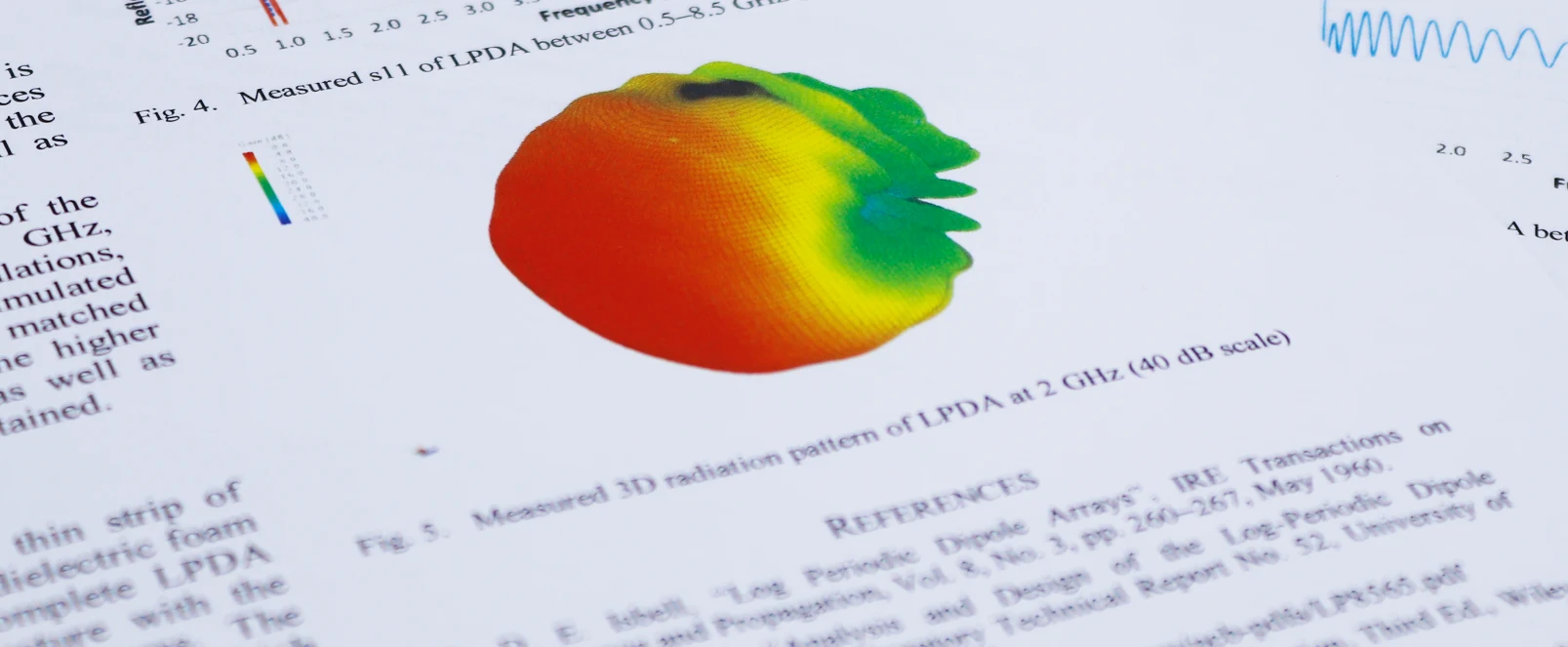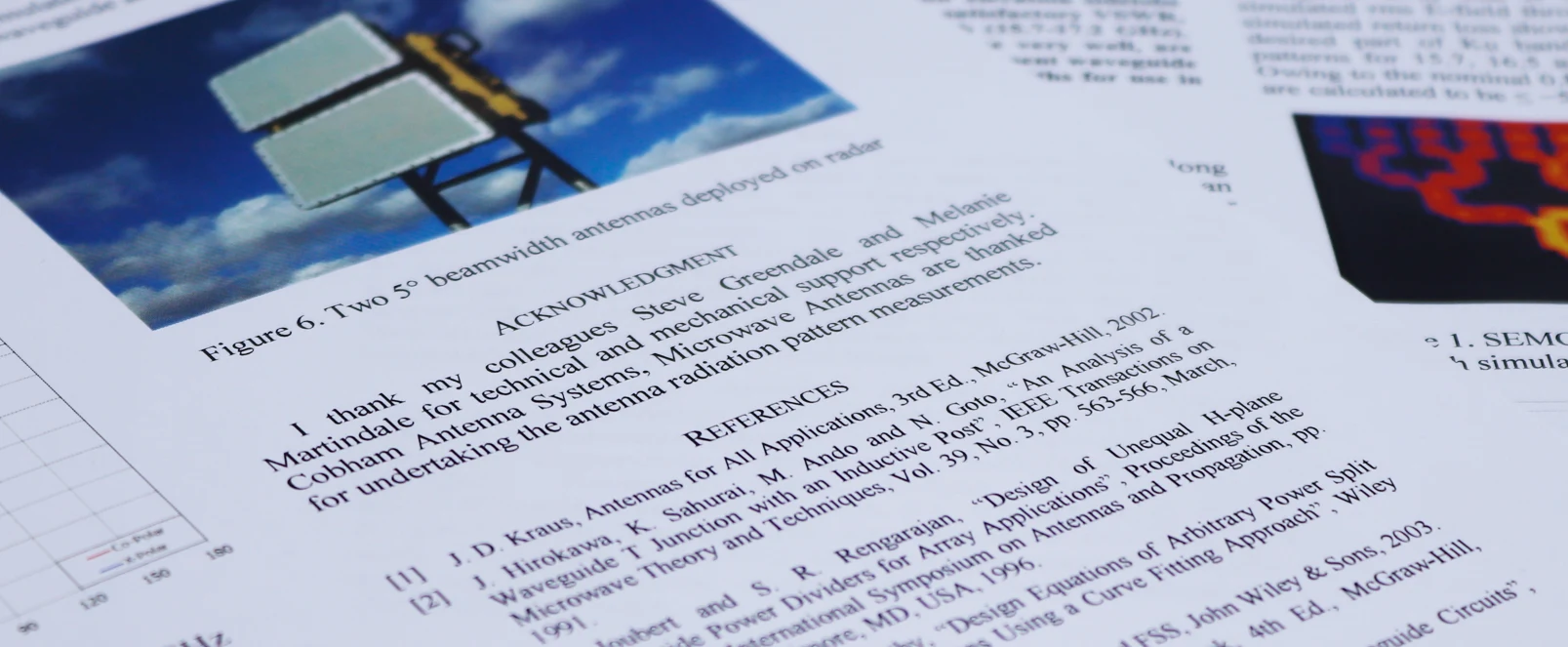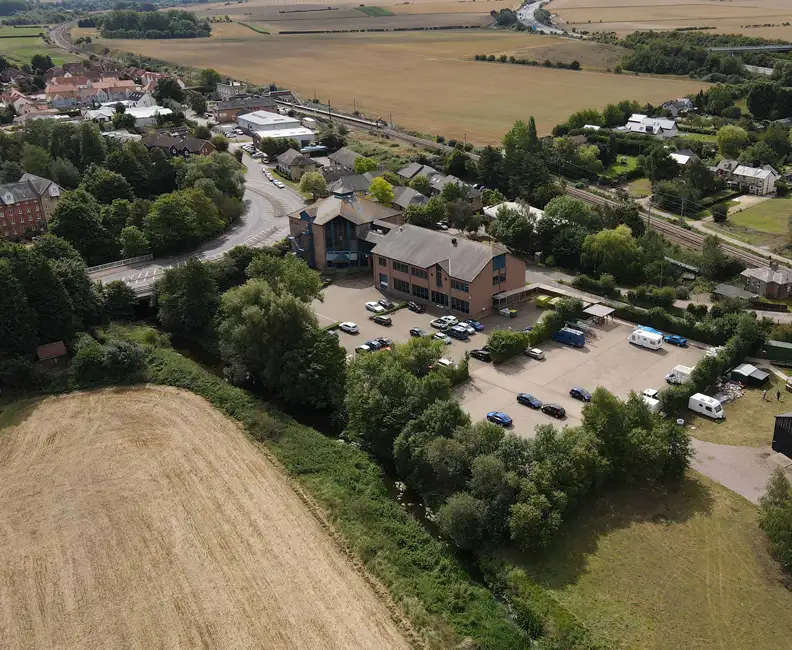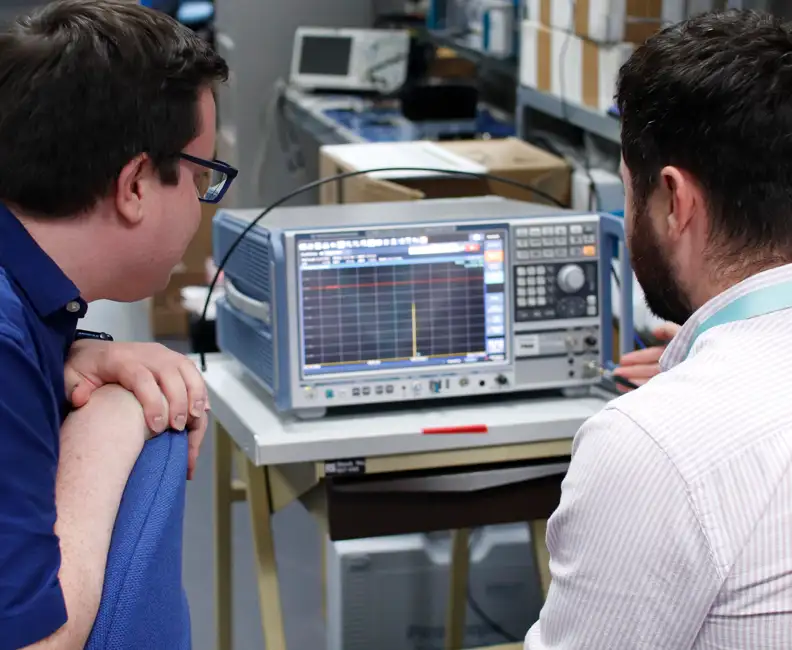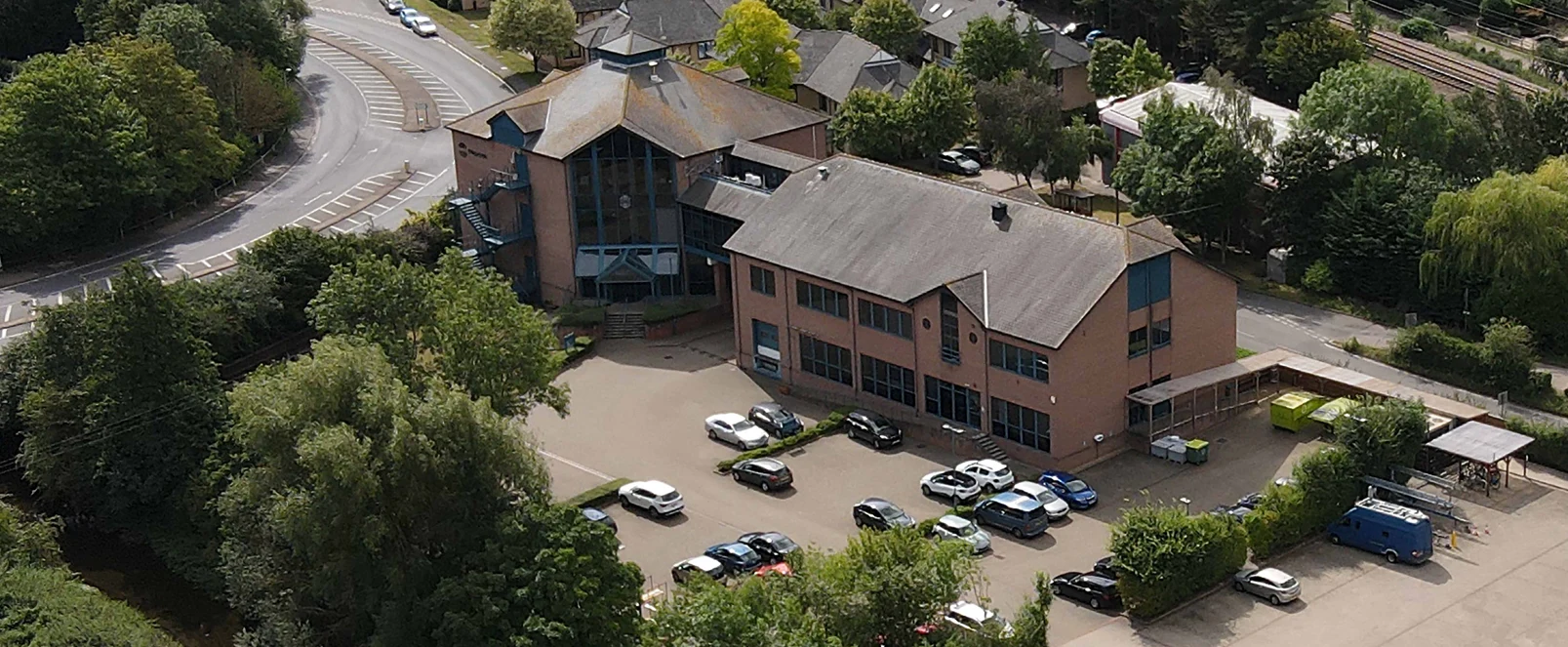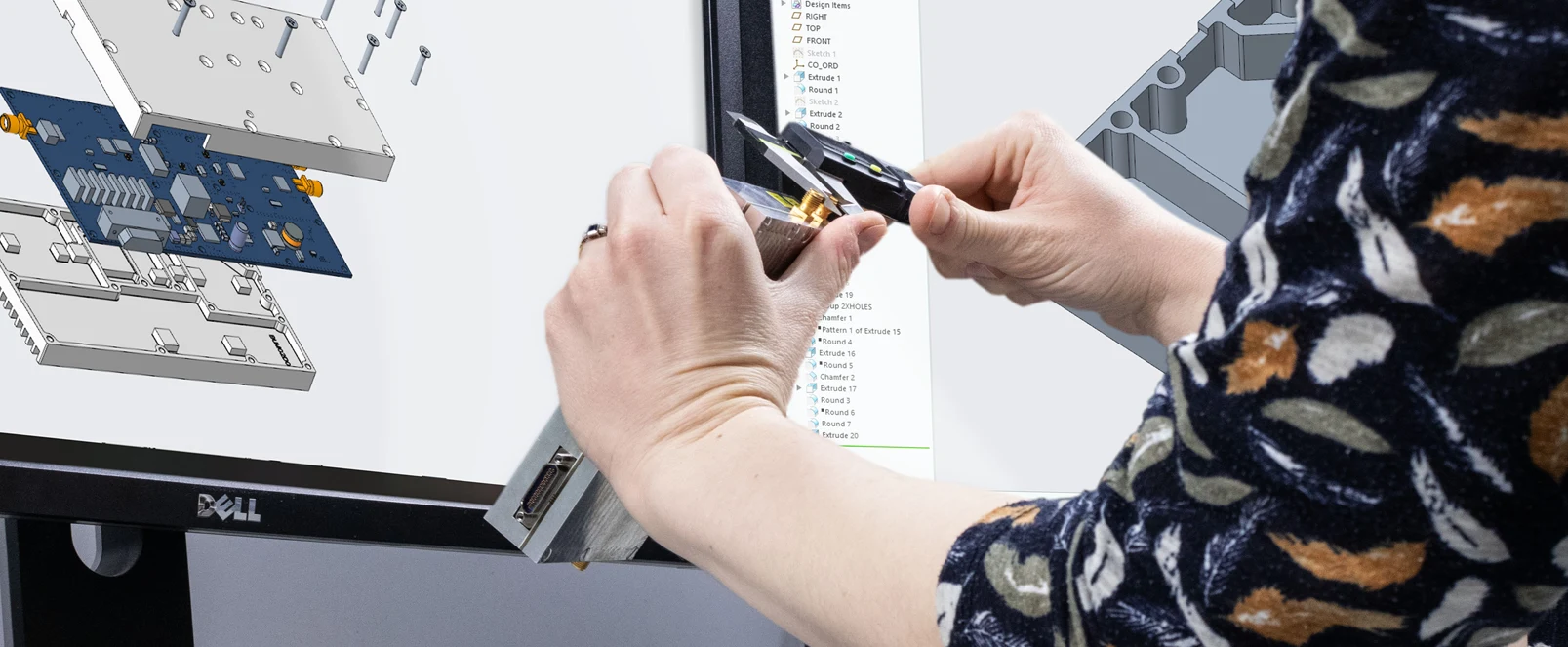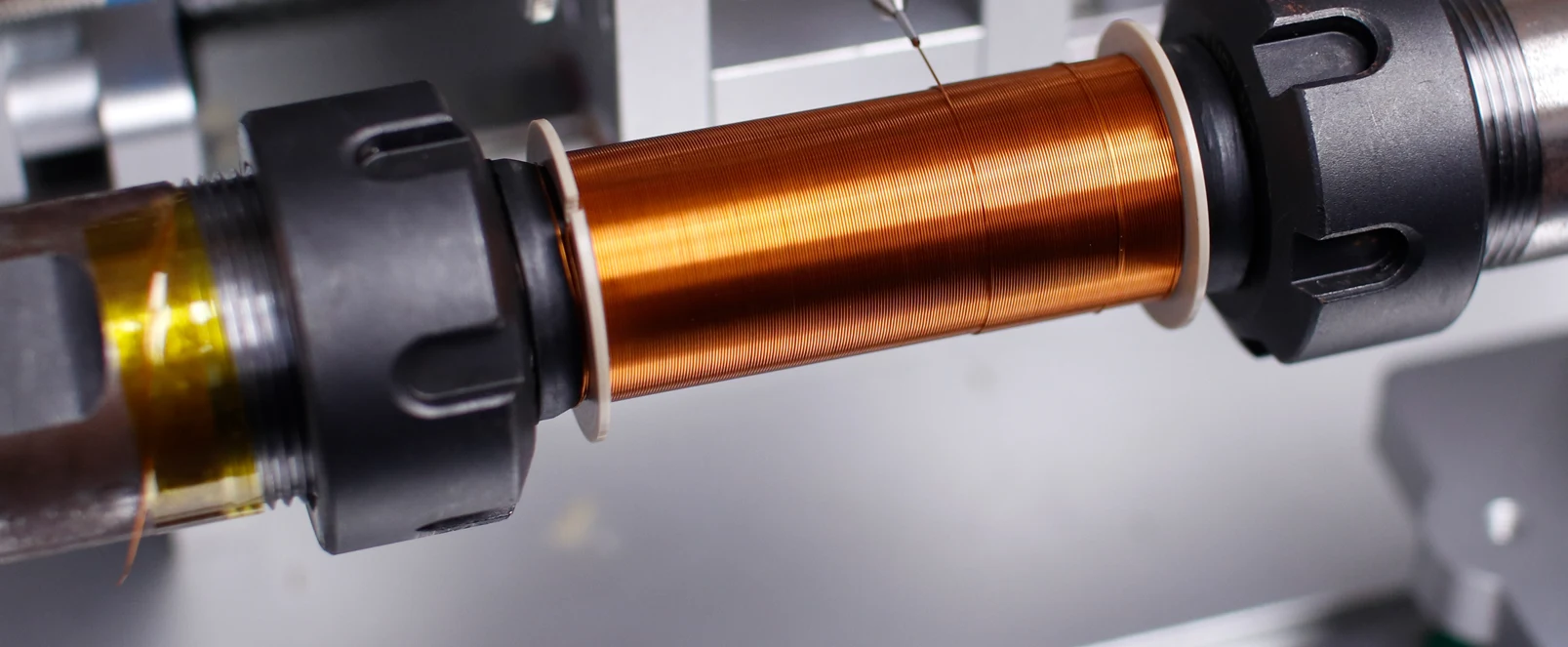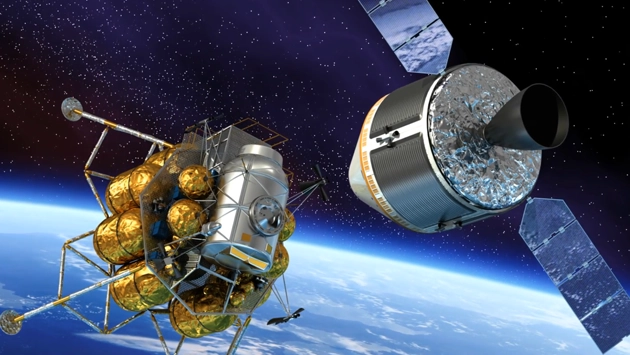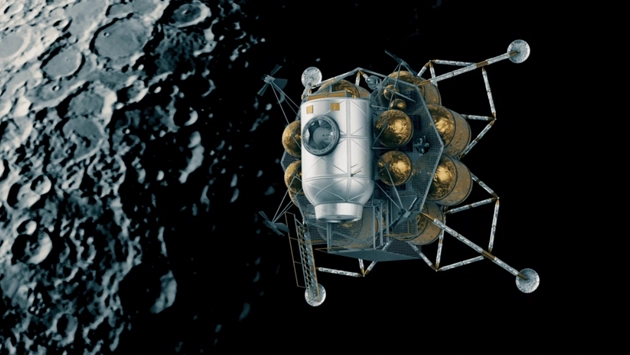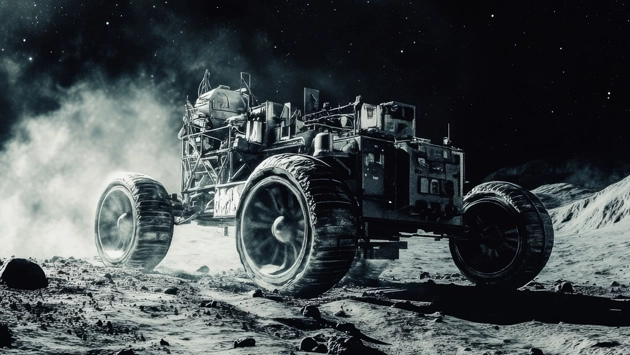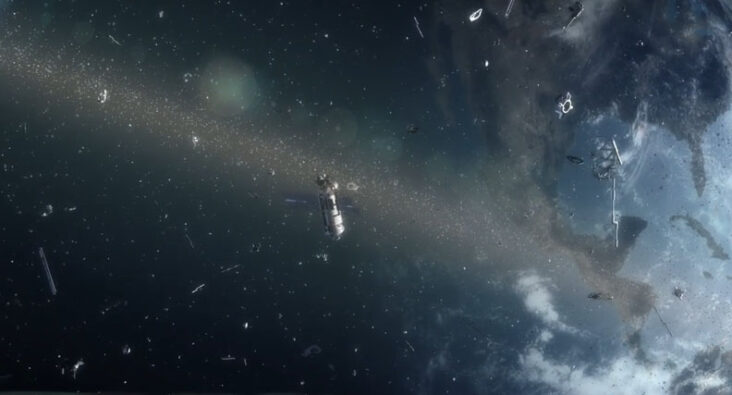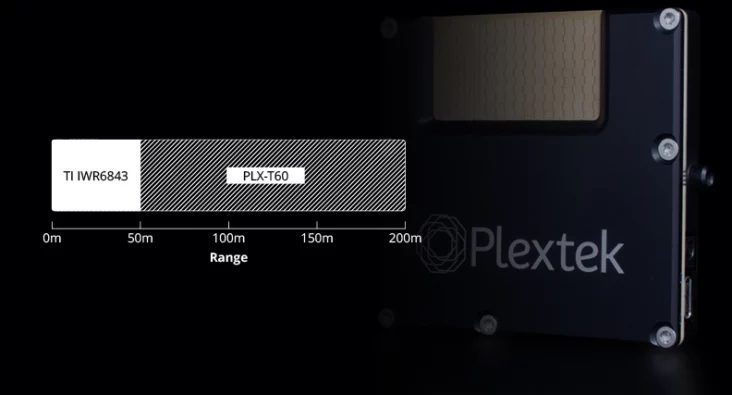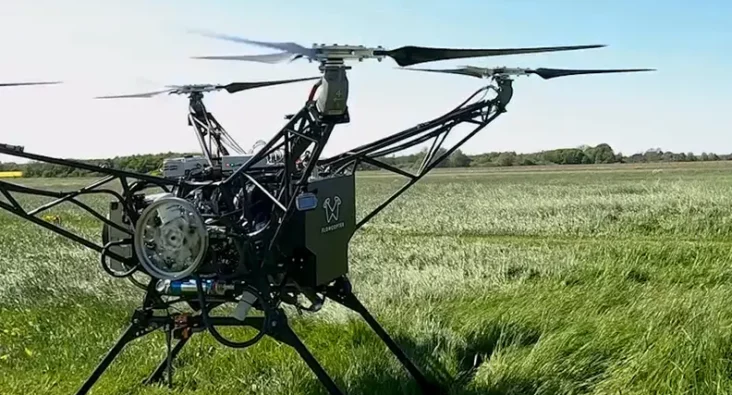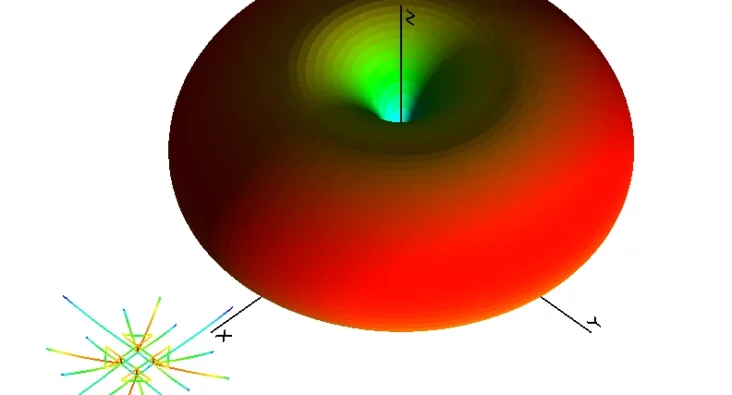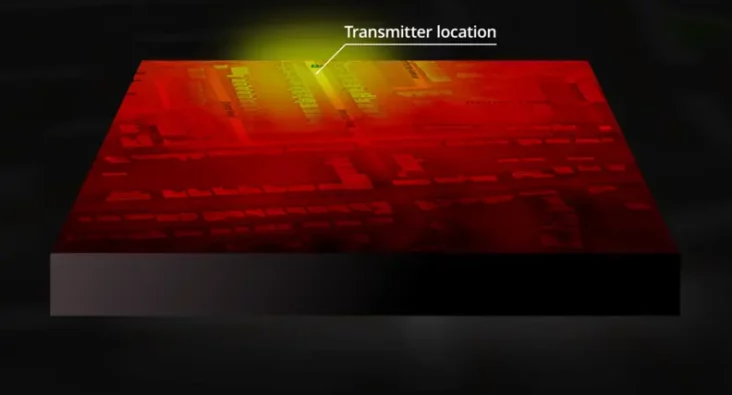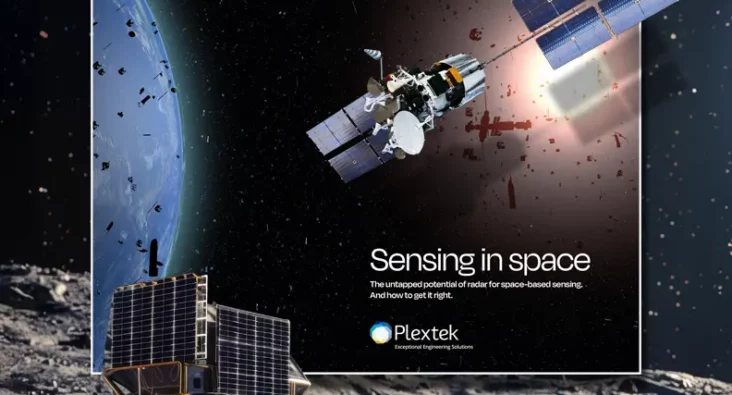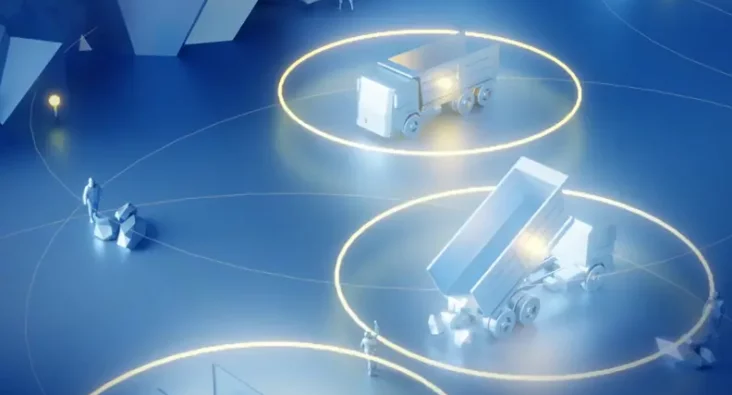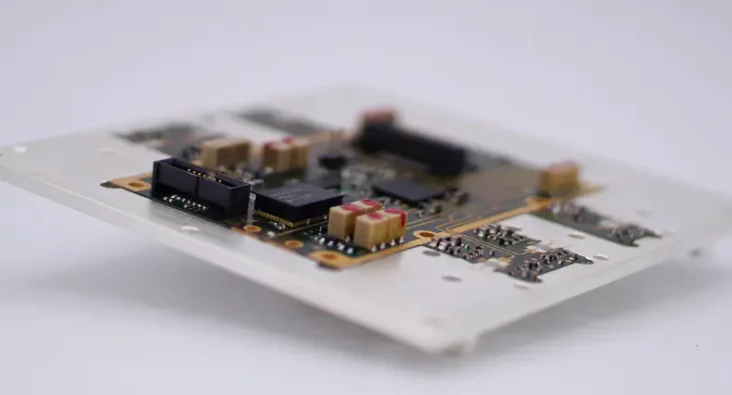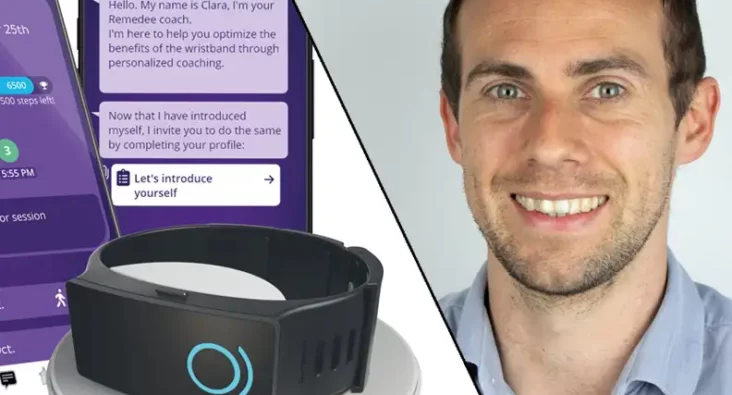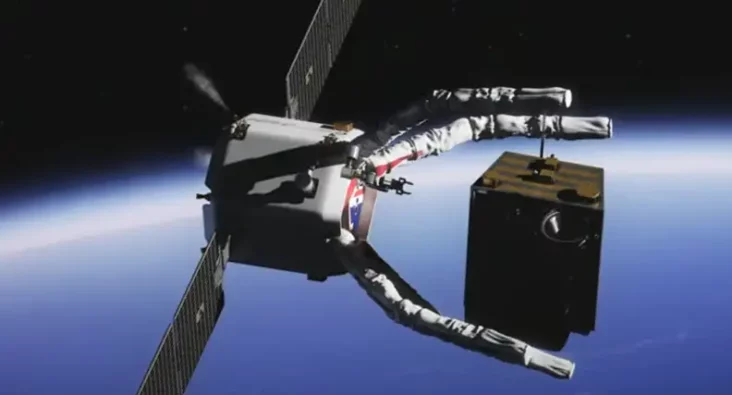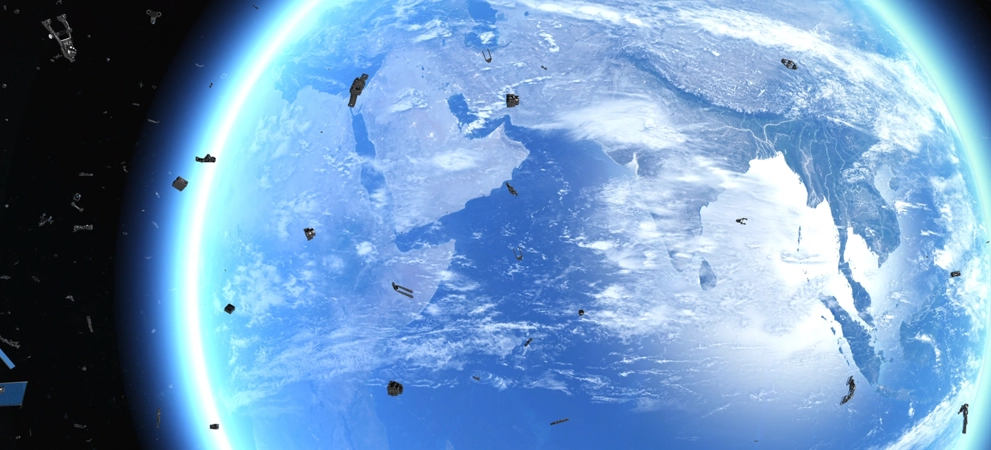
Debris Detection
Space Debris Threat
The risks escalate as debris increases…
and the debris is increasing rapidly.
ESA’s latest Space Debris Environment Report estimates 130 million untracked small debris pieces in LEO, posing a significant threat to satellite and spacecraft.
Space debris is a growing problem. As more and more pieces of debris are left in orbit, they can cause collisions with active satellites or even endanger astronauts. The issue of space debris has become so serious that it is now seen as one of the main threats to our future orbital space exploration efforts. And with the increasing number of satellite constellations and space missions being launched, the chances of them falling foul of debris are also increasing. This is why we are so proud to work on this impactful field.

James Henderson
Lead Consultant
Why work with Plextek?
Why Plextek excels
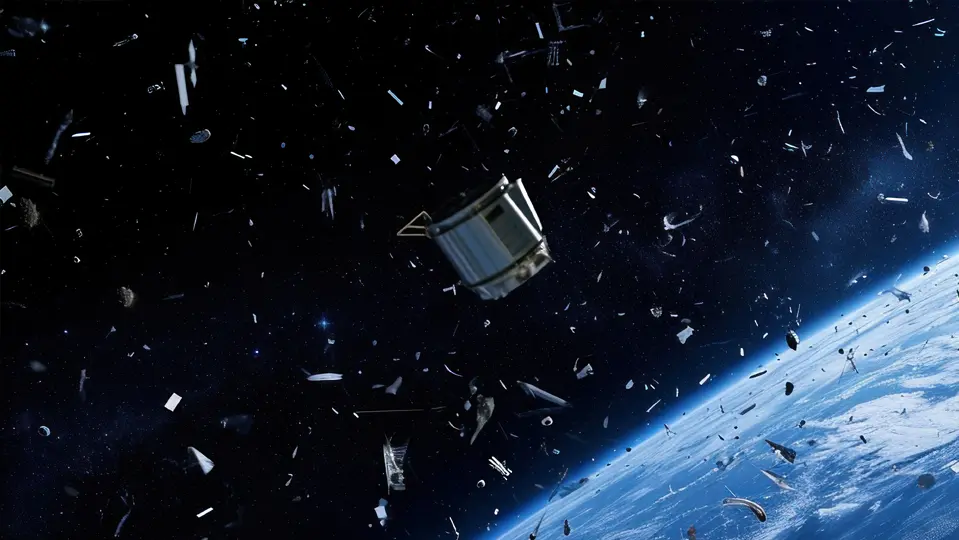
Plextek’s space-proven solutions provide enhanced safety by offering precise and real-time monitoring of orbital fragments and other space debris, giving guidance to mission planners and organisations that need to know the density of the debris fields. This technology is cost-effective as it minimizes the need for complex and expensive testing processes while ensuring accurate data collection. Additionally, our advanced threat detection capabilities enable proactive identification and tracking of potential hazards, enhancing mission security and overall operational safety in space.
Space debris poses a significant threat to space missions. Plextek's innovative technology solutions offer precise and real-time monitoring of space debris. This enables proactive identification and tracking of potential hazards, with cost-effective accuracy.

Richard Jacklin
Commercial Lead – Space & Satellite
Technical Paper – Sensing in Space
Explore the cutting-edge technology of mmWave radar and its impact on space missions, including the detection of orbital fragments, in our technical paper “Sensing in Space”. Gain insights into safety and efficiency improvements, customization options, and performance optimization. Stay informed about the latest advancements in space technology.
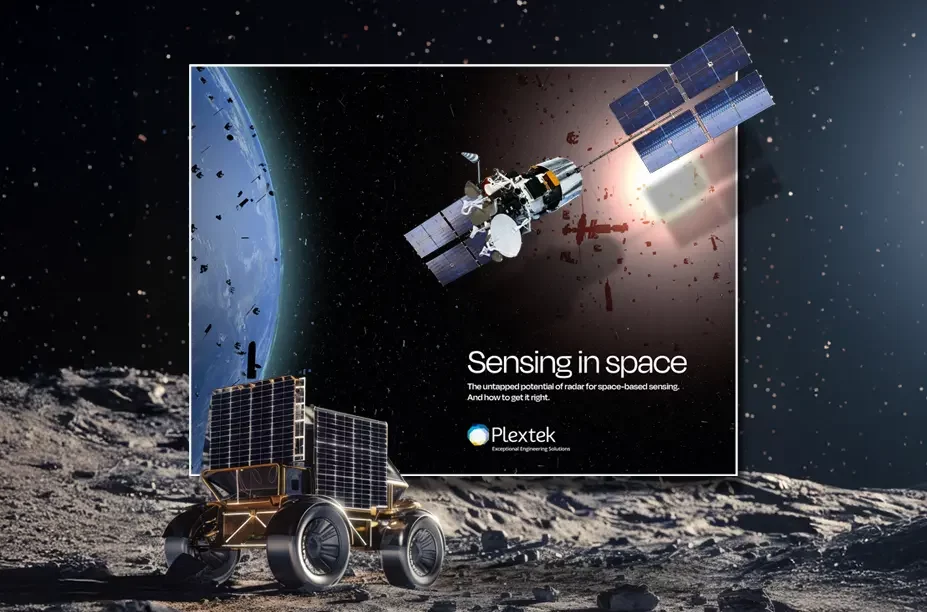
Cutting-edge debris detection technology
Using non-impact sensors, Plextek provides an efficient debris detection solution with continuous, real-time monitoring capabilities and a small form factor, ensuring reliable and long-lasting monitoring of micro and small debris in Low Earth Orbit.
-
01 Non-impact sensor
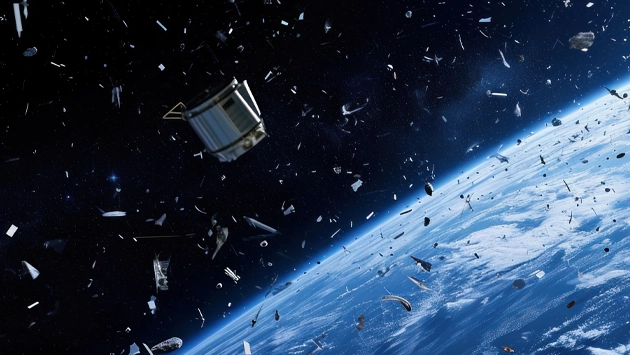
Non-impact sensors are crucial in debris detection to minimise potential damage to the monitoring equipment and ensure continuous and reliable operation.
-
02 Continuous real-time monitoring

Continuous real-time monitoring is essential in debris detection to promptly identify and track the movement of debris, enabling proactive risk mitigation and threat assessment.
-
03 Ultra small form-factor

An ultra small form-factor is important in debris detection as it allows for the integration of monitoring technology into space missions with minimal impact on payload capacity, thereby maximising mission flexibility and efficiency.

